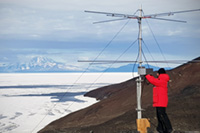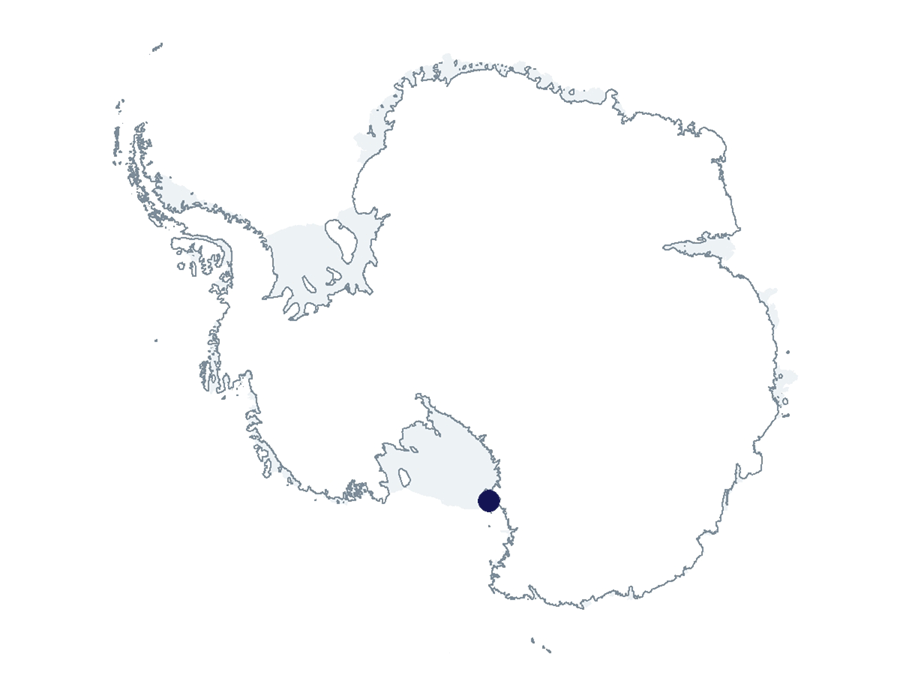2021-2022 USAP Field Season
Project Detail Project TitleLower thermospheric science using new meteor radar at McMurdo Station Summary
Event Number:
Program Director:
ASC POC/Implementer: Principal Investigator(s)
Dr. Scott Palo
Location
Supporting Stations: McMurdo Station DescriptionThis project observes the mesosphere and lower thermosphere (MLT) between 80 and 120 kilometers above the earth. This is a highly dynamic region that couples the lower terrestrial atmosphere with the upper atmosphere near-earth space environment. Of particular importance in this region are the upward propagating thermally-forced atmospheric tides, global-scale planetary waves, and small-scale gravity waves. All these phenomena transport heat and momentum from the lower atmosphere into the upper atmosphere. The primary goal of this research is to observe, quantify, model, and further understand the spatial-temporal structure and variability of the MLT circulation above Antarctica. Field Season OverviewThe instrumentation for this project is located in the pass area between McMurdo and Scott Base stations. It runs continuously year-round, essentially autonomously, with only limited intervention required by personnel onsite and by the researchers via the internet. As the radar is continuously performing within established operating parameters and being regularly monitored by our on-site research associates, no grantee field visit is required this season. A detailed annual site inspection and data retrieval dispatch will be coordinated remotely between the on-site staff and the grantee research institution. |
2021-2022 Science Planning Summaries



For USAP Participants |
For The Public |
For Researchers and EducatorsContact UsNational Science FoundationOffice of Polar Programs Geosciences Directorate 2415 Eisenhower Avenue, Suite W7100 Alexandria, VA 22314 Sign up for the NSF Office of Polar Programs newsletter and events. Feedback Form |



